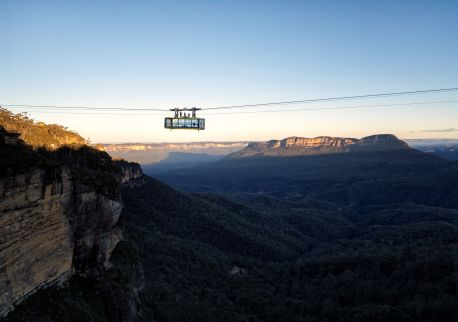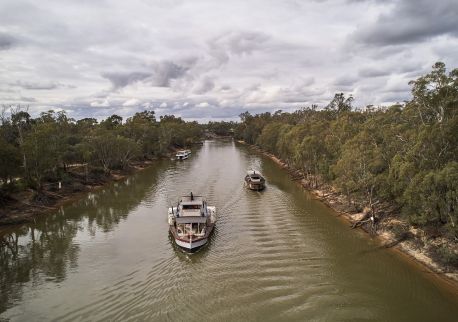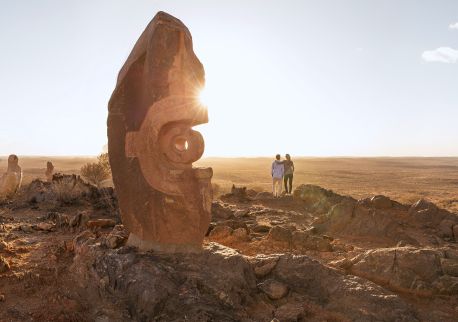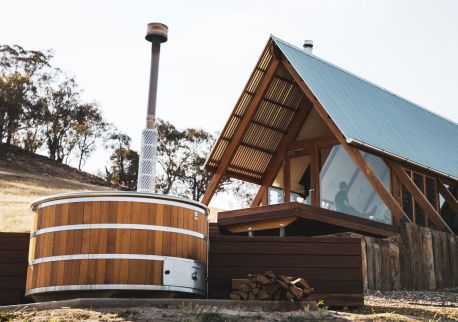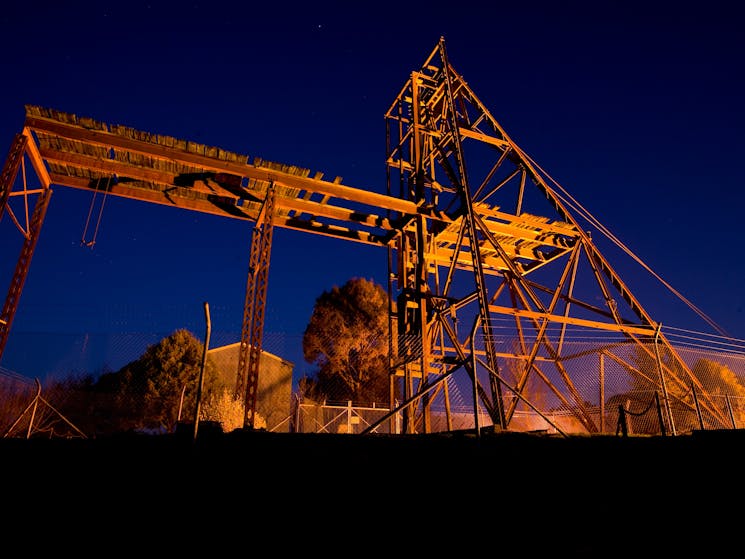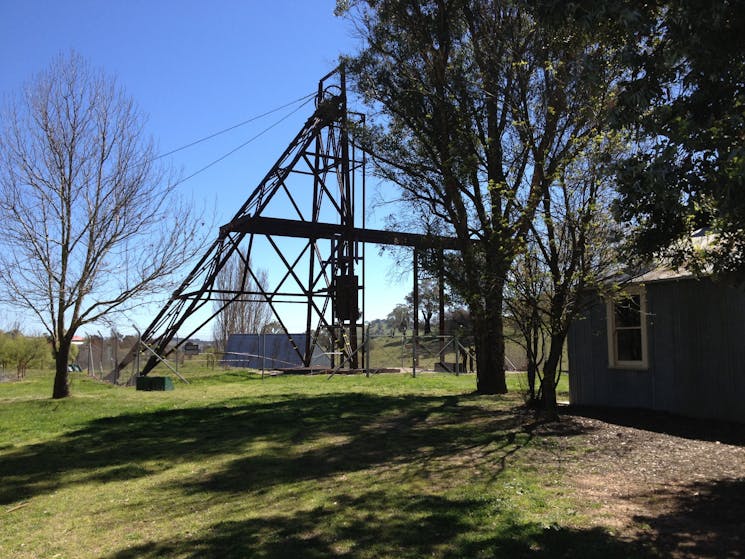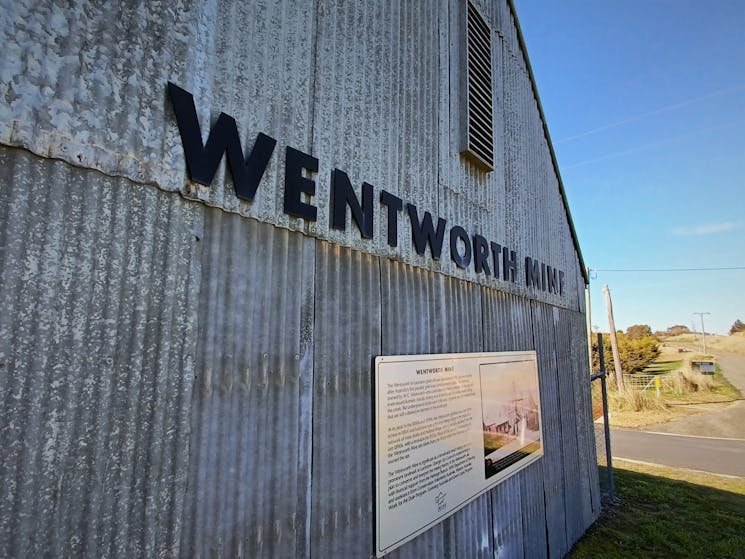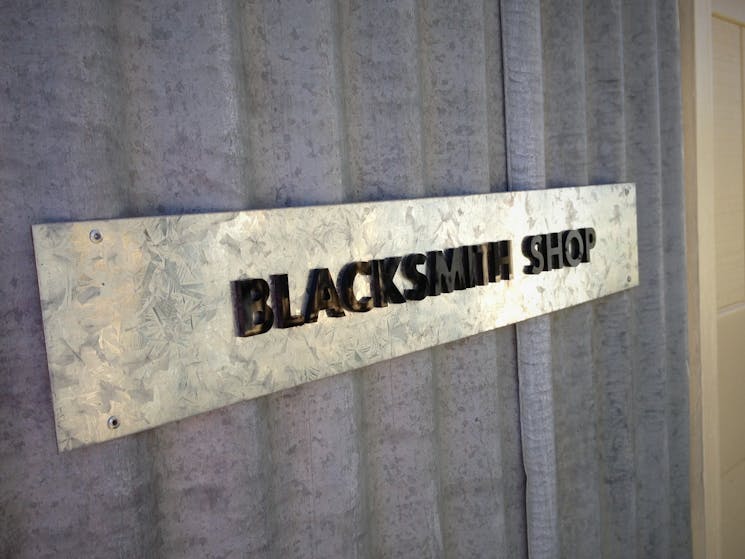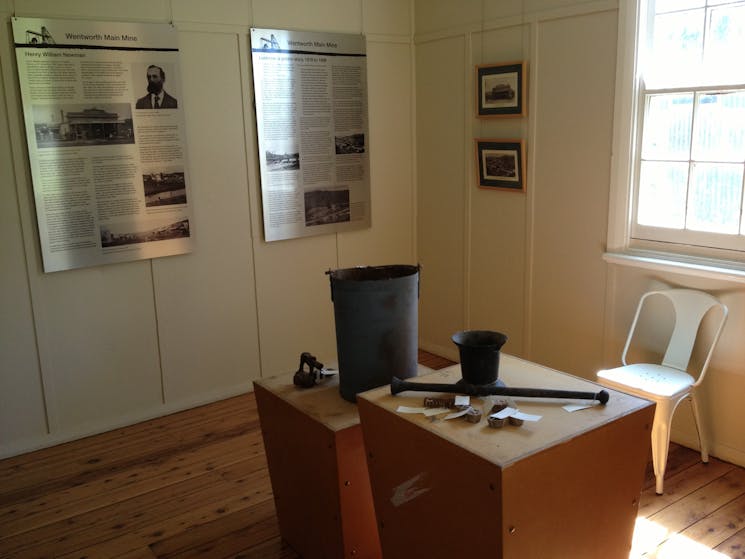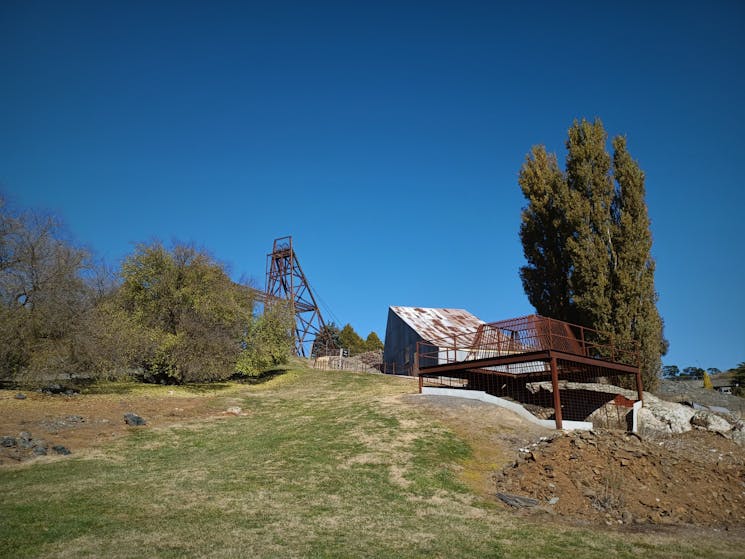Wentworth Main Mine
Overview
The Lucknow goldfield was discovered in 1851, soon after Australia’s first payable gold was found at Ophir, near Orange. The Wentworth Main Mine was central to later mining booms in the 1890s and 1930s.
The entire mining area was situated on land initially owned by William Charles Wentworth; the gold field was known as the Wentworth Field until the name Lucknow was adopted in 1863. It is said the name ‘Lucknow’ derived from good prosperity the town offered i.e. luck now.
The Wentworth Main Mine tells the story of goldmining in this region, from its early stages in the 1850s, through three stages, until its closure in the 1950s. It has been estimated that these fields yielded around 14,000 kg of gold in all.
The self-guided walk around site helps re-capture the gold rush era complete with blacksmith's shop, stamper battery, boiler, mine manager's cottage and the two poppet heads that still loom in the sky.
One hundred and sixty years on, the landscape around Lucknow is still dominated by its gold mining heritage. Poppet heads, mine buildings, mullock heaps & bluestone dam walls are still plainly visible in & around the village.
Open first weekend each month - Saturday and Sunday from 10am to 2.30pm.
Accessibility
Disabled access available, contact operator for details.

